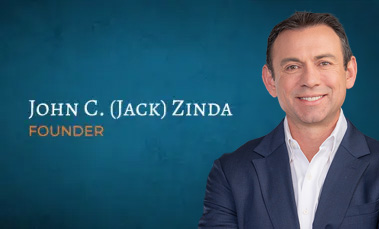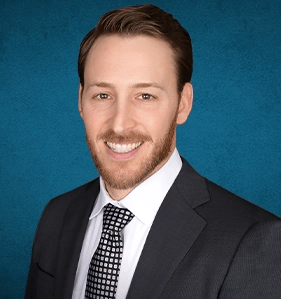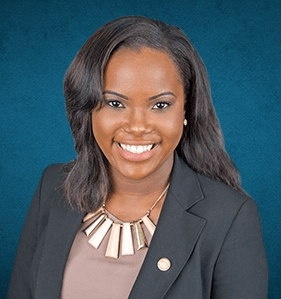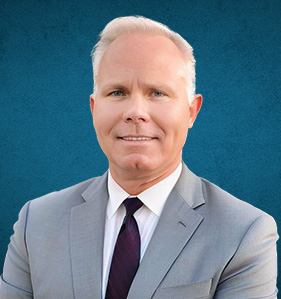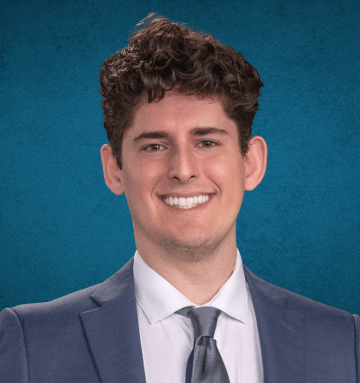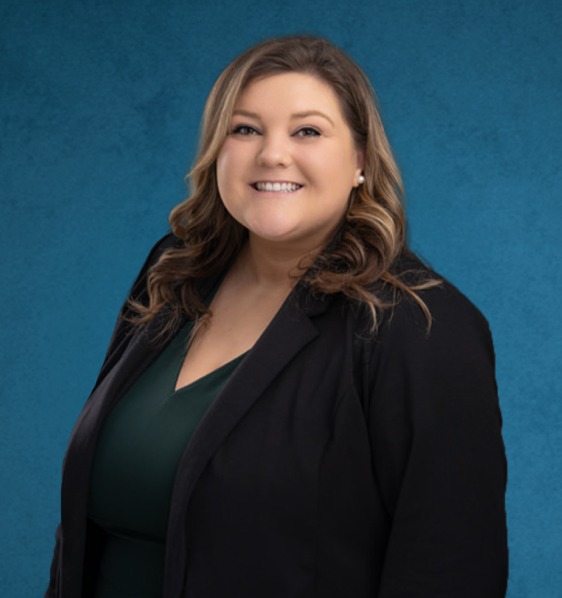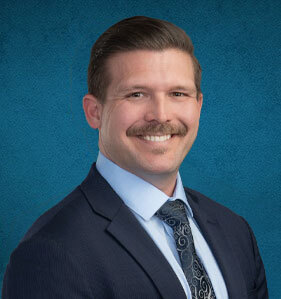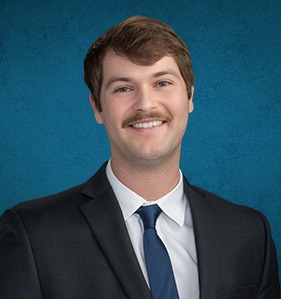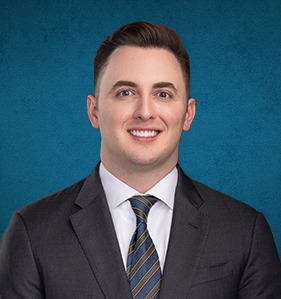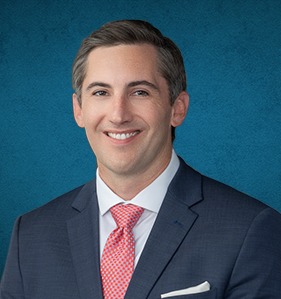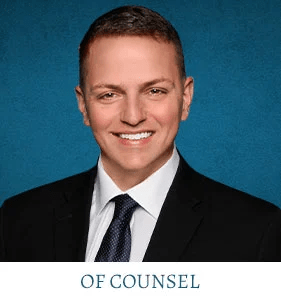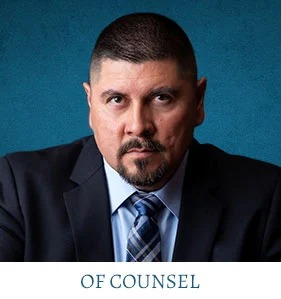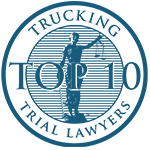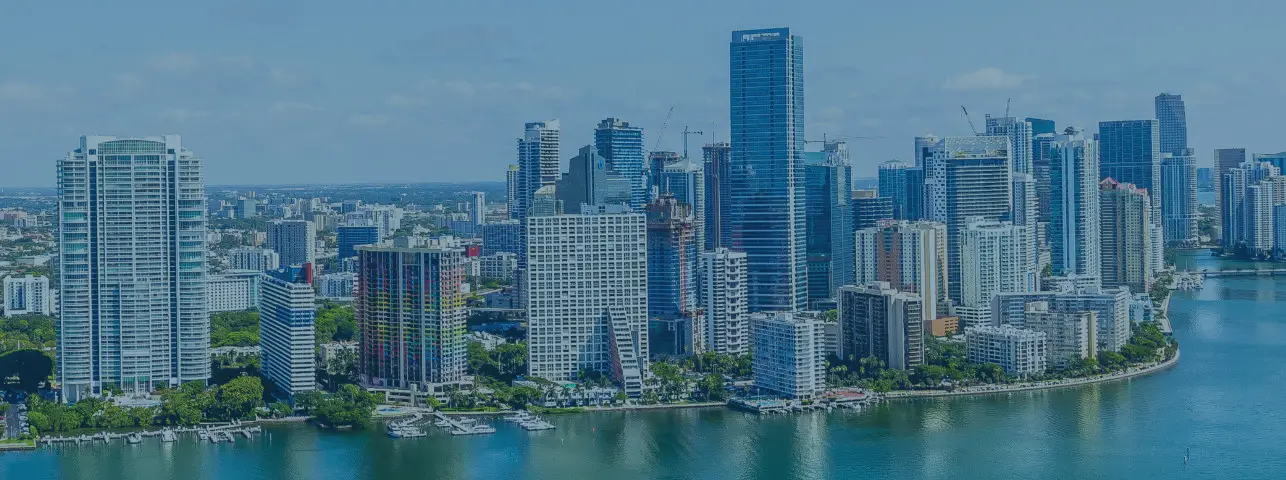Though there are many different types of trucks, commercial trucks can be among the most dangerous to collide with. If you find yourself in a situation where your regular motor vehicle collides with a commercial truck, the results can be catastrophic.
Being involved in a truck accident can be overwhelming and the legal process that may ensue afterward can be even more daunting. Thankfully, you can ease this burden by contacting an Arizona personal injury attorney.
If you or a loved one has been hit by a truck, the Phoenix truck accident lawyers of Zinda Law Group can help make the process easier and fight to recover the maximum compensation on your behalf.
 Arizona Truck Accident Statistics
Arizona Truck Accident Statistics
2019 statistics from the Arizona Department of Transportation, there were over 129,000 crashes on Arizona roadways that year. About 45,000 of those crashes occurred in Phoenix. 53,000 individuals were injured overall in those crashes and over 11,000 individuals were injured in Phoenix.
Well over 2,000 of these crashes in the entire state of Arizona involved some type of truck.
Trucking accidents are a serious issue in the Phoenix area, and many people find themselves injured and unable to work. If you are in a similar situation, a truck accident attorney in Phoenix can guide you through the legal process and help protect your claim.
Free Consults24/7
Send Request NowFor a free legal consultation with a truck accidents lawyer serving Phoenix, call 800-863-5312
Who Is at Fault?
The person at fault for a truck accident is the individual or entity that was negligent. In truck accident claims, this could be a number of individuals or companies. To establish negligence, your Phoenix truck accident attorney would need to show that:
- A truck driver or trucking company owed a duty of care to other motorists,
- They breached that duty, and
- That breach caused harm to another driver.
All truck drivers and their employers owe a duty of care to you to operate their vehicles safely and in accordance with state, local, and federal trucking regulations. A breach of duty can be considered negligence and may give you legal grounds for a truck accident lawsuit.
Showing that a truck driver or trucking company has breached their duty can be challenging. There can be multiple negligent parties, insurance companies, and teams of corporate attorneys fighting your claim. To best protect your interests, work with a Phoenix truck accident attorney.
Truck Accident in Phoenix lawyers near me 800-863-5312
Common Causes of Truck Accidents In Phoenix
It takes professionally trained truck drivers and dozens of other skilled employees to successfully and safely run a semi-truck. When someone in the commercial trucking industry fails in their duties, it can lead to severe injuries or even fatal truck accidents. Some of the common causes of truck crashes that can be attributed to commercial vehicle driver negligence include:
- Failing to adhere to rules and federal regulations
- Drowsy driving
- Distracted driving
- drugged driving
- Fatigued driving
- Reckless driving
A commercial trucking company may breach their duty of care when they:
- Order a driver to haul an overloaded truck
- Fail to do proper safety inspections on their trucks
- Fail to do proper background checks on their drivers
- Fail to make sure that their employees are getting enough rest before driving
Other parties may be held responsible when:
- Poor road conditions cause an accident
- Mechanical failure leads to a crash
- Defective parts on a truck cause a malfunction
- Other motorists cause a collision
As you can see, many failures can lead to a truck crash. Trucking accident claims can be extremely complex and liability can be split among many at-fault parties. A truck accident attorney in Phoenix can investigate to pinpoint the causes of your accident and identify all liable parties.
CASE RESULTS
Click to contact our Arizona Truck Accident Lawyer today
Comparative Fault Can Impact Your Compensation After a Commercial Truck Accident
Sometimes even when an injured party can show that there has been negligence on the part of the truck driver or trucking company, the blame can be partly attributed to the injured party. If you are found to be partially at fault for your truck accident, this may affect your ability to seek compensation.
This is known as comparative fault. In a nutshell, comparative fault is a doctrine that allows the blame, and ultimately financial liability, in an accident to be split between the plaintiff and defendant when both of these parties contributed to the accident.
The amount you can recover is reduced by the percentage of fault you are assigned. For example, if you are awarded $10,000 for your injuries, but you are assigned 20% blame, you will recover $8000. A truck accident lawyer in Phoenix can work to ensure that you are shielded from allegations of liability to protect your claim.
Complete a Free Case Evaluation form now
Injuries We Commonly Claim
With any type of accident, injuries vary. This all depends on the circumstances of the accident including things such as speed, location, and simple safety measures, like whether or not you were wearing a seat belt. Some of the common injuries that may occur after a truck accident include:
- Back and neck injuries
- Head injuries
- Brain injuries
- Broken bones
- Spinal cord injuries
- Traumatic brain injuries
- Cuts and lacerations
- Internal injuries
- Amputation
Commercial vehicle accidents often result in severe or permanent injuries that require long-term medical treatment and care. Your Phoenix truck accident lawyer can calculate these expenses and seek the maximum amount of compensation possible to cover your medical needs.
Call or text 800-863-5312 or complete a Free Case Evaluation form


 Arizona Truck Accident Statistics
Arizona Truck Accident Statistics